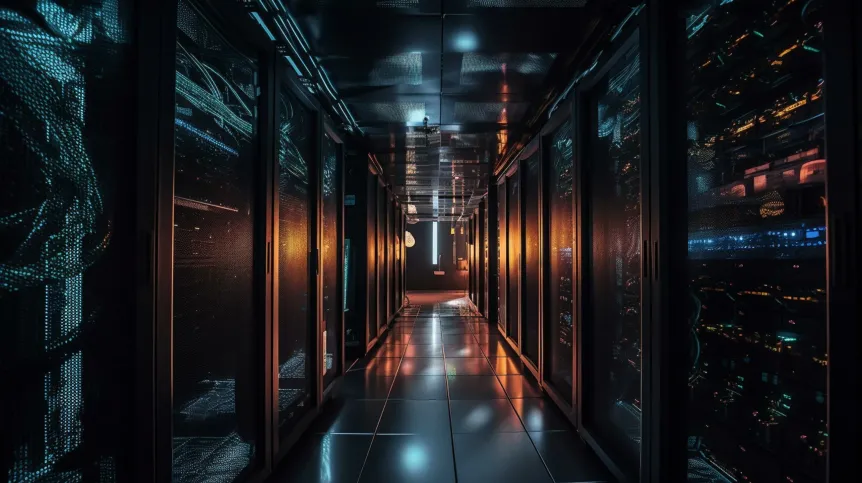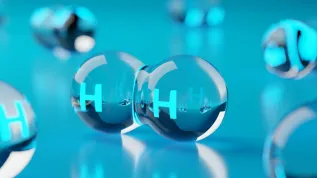
A scientist from the Warsaw University of Technology used the capabilities of the LUMI supercomputer to conduct research on fermions, giving hope for a deeper understanding of the processes taking place inside neutron stars, and research on quantum turbulence occurring in superfluid systems.
According to the university, Dr. Gabriel Wlazłowski completed his work as part of a computing grant using the infrastructure of the Europe's most powerful supercomputer.
The size of the LUMI (Large Unified Modern Infrastructure) supercomputer is compared to 'a tennis court' in the release of the Faculty of Physics of the Warsaw University of Technology. It performs a maximum of 550 petaflops (550 million billion) of calculations per second. It has an ecological power supply. It is the only supercomputer on the Old Continent that allows to perform calculations that are beyond the reach of most researchers.
Poland is one of the 10 countries forming the consortium enabling its members to conduct research based on high-performance computing.
Dr. Wlazłowski studied complex problems of quantum mechanics, with particular emphasis on quantum turbulence occurring in superfluid systems. He devoted special attention to fermions, hoping to gain a deeper understanding of the processes taking place inside neutron stars.
'Numerical simulations of quantum systems are still a challenge for technology. This mainly applies to systems made of particles for which the Pauli principle applies. It prohibits two fermions from occupying the same quantum state. To understand the behaviour of the entire system, all quantum states must be tracked', the scientist explains in the press release.
He admits that this generates a substantial computational demand, which was the main bottleneck for researchers in this field.
'As part of the pilot grant, it was possible to simulate quantum systems, where the number of considered particles reached hundreds of thousands. Only such large systems allow to understand the properties of superfluid systems and the conditions in which flows change from laminar to turbulent, which is essential in the context of future applications', the physicist says.
Find out more information about LUMI and the pilot project - here.
PAP - Science in Poland
kol/ agt/ kap/
tr. RL













